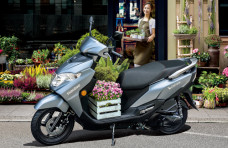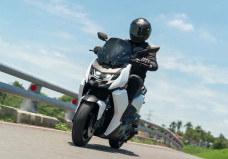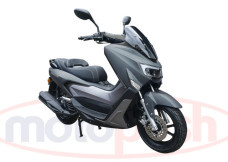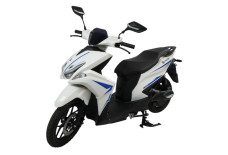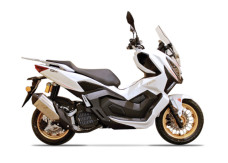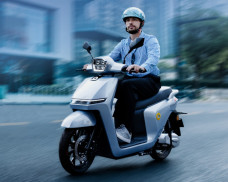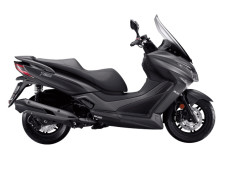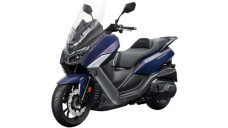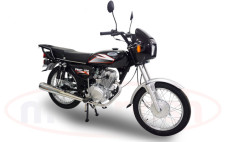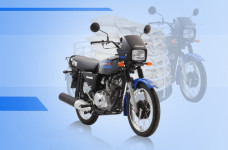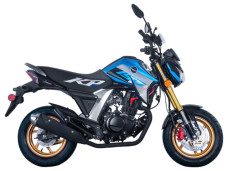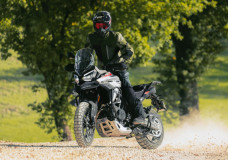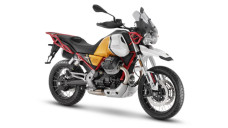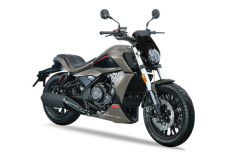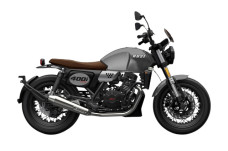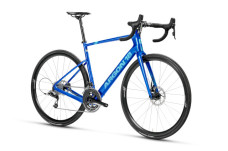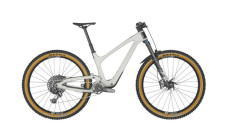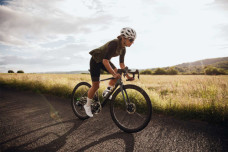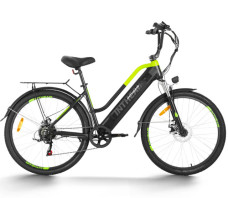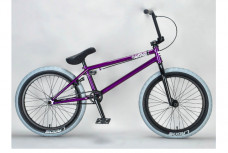Navigate Off-Road Paths with Confidence: Essential Safety Guidelines for Aussie Gravel Bikers
Love riding dirt bikes in the outback? It's a great escape from the city. But listen up! To make your dirt bike rides awesome, not scary, you gotta plan a little. This guide will be your dirt bike friend, telling you simple things to do to keep your Australian adventures safe and fun. Don't worry about getting into trouble, we'll get you ready to hit those trails with a smile!
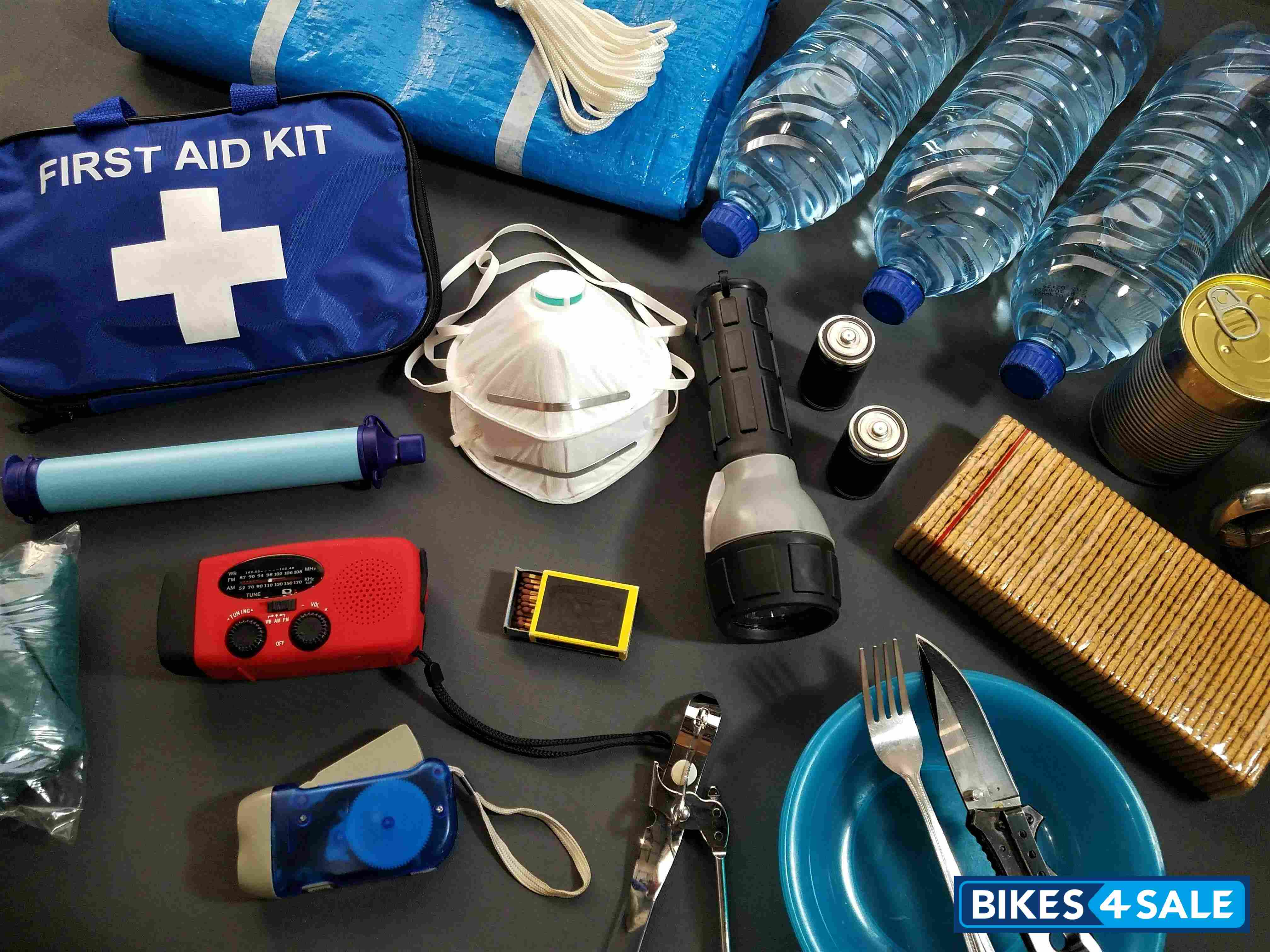
1. Preparing Your Bike and Gear
2. Plan Your Route and Stay Connected
3. Stay Hydrated and Fueled
4. Ride Smart and Stay Alert
5. Be Prepared for Emergencies
6. Respect the Environment
Selecting the appropriate bike and tires is crucial for tackling rough gravel paths. Gravel bikes with wider tires offer better stability and grip, reducing the risk of skidding on loose surfaces. Ensure your bike is in good condition, with well-maintained brakes and gears.

Carry a well-stocked repair kit, including a spare tube, tire levers, a multi-tool, and a hand pump. A high-quality helmet, gloves, and protective eyewear are non-negotiable for your safety. Additionally, consider wearing padded shorts and a moisture-wicking jersey to stay comfortable during long rides.
Related Article
Research and plan your route in advance. Use reliable sources and trail maps to understand the terrain and identify potential hazards. Familiarize yourself with landmarks and have a physical map as a backup in case of GPS failure.
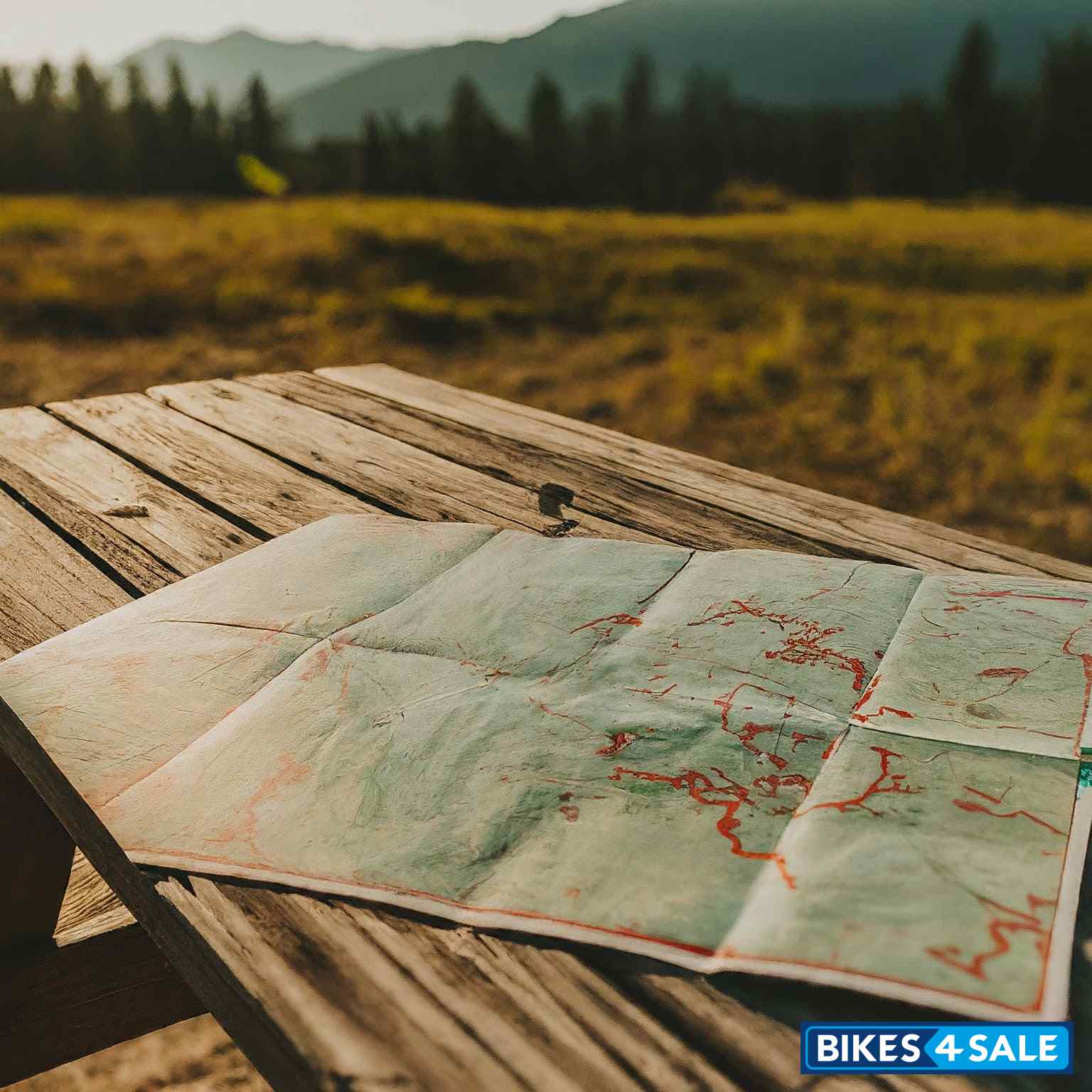
Inform someone about your route and expected return time. This precaution is crucial in remote areas where mobile signals might be weak or nonexistent. Carry a GPS tracker or a personal locator beacon for emergencies.
Hydration is vital, especially in Australia's often harsh climate. Carry enough water and consider using a hydration pack. High-energy snacks, such as nuts, energy bars, and dried fruits, will help maintain your energy levels throughout the ride.

Plan for regular stops to rest, hydrate, and refuel. These breaks will help you avoid fatigue and stay alert, reducing the risk of accidents.
Maintain a steady pace and avoid sudden movements that can cause you to lose control. Be extra cautious on descents and corners, as these areas are prone to loose gravel and unexpected obstacles.
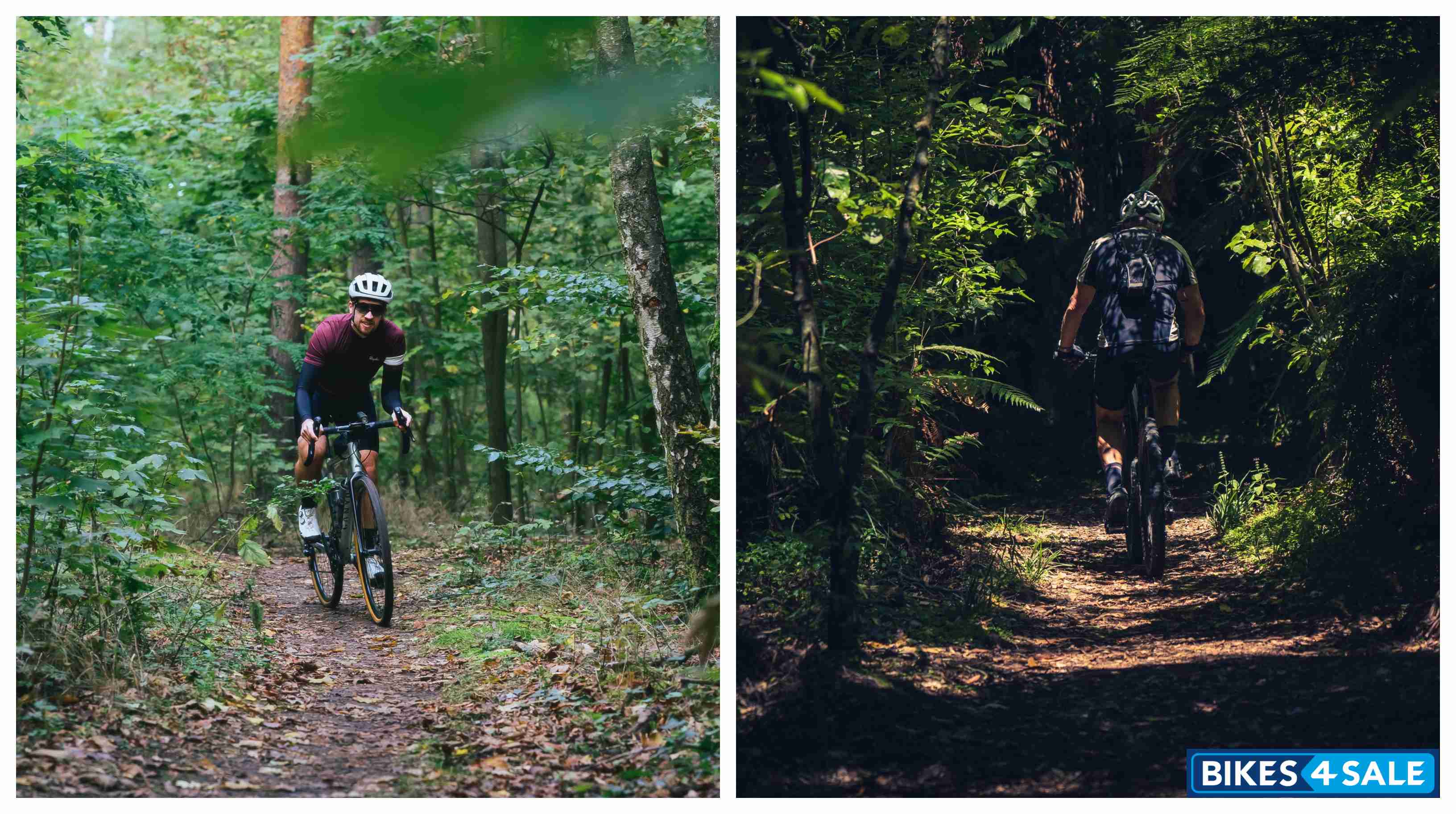
Australia's trails are home to diverse wildlife. Stay vigilant and be prepared to stop or change your path to avoid animals. Early morning and dusk are peak activity times for many species, so be especially cautious during these periods.
Carry a basic first aid kit and know how to use it. Familiarize yourself with common injuries such as cuts, scrapes, and dehydration, and understand how to address them.
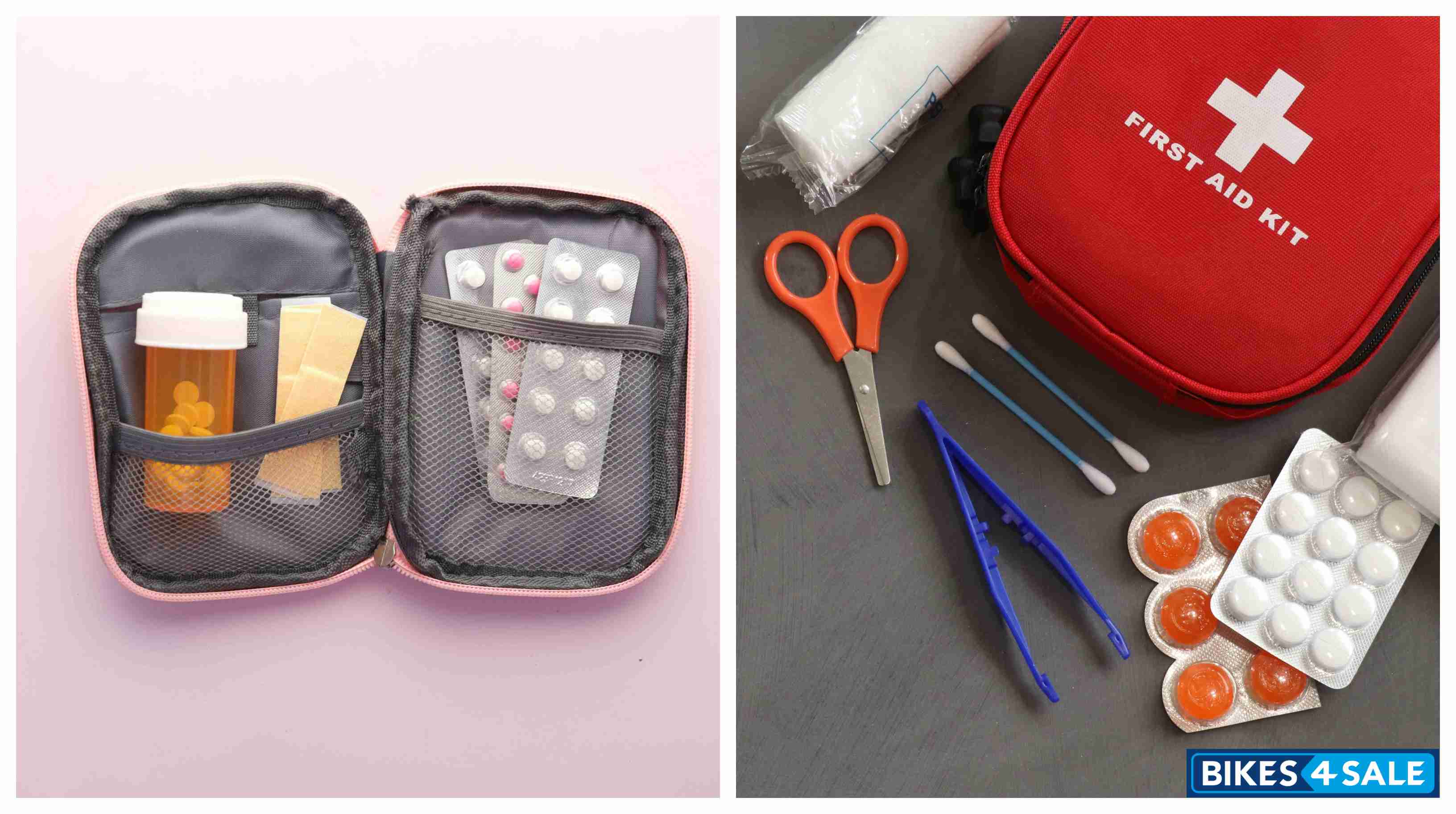
Have a list of emergency contacts and the nearest medical facilities. In remote areas, quick access to medical help might be limited, making preparedness even more crucial.
Practice responsible biking by leaving no trace. Pack out all your trash, stay on designated trails, and avoid disturbing the natural habitat. This respect ensures that these beautiful trails remain accessible and enjoyable for future bikers.

Gravel biking on remote Australian trails offers a unique and thrilling experience, but it demands preparation and awareness. By following these safety tips, you can enjoy your adventure while minimizing risks. Remember to stay hydrated, plan your route, pack essential gear, and respect the environment. Safe travels and happy biking!

Top 6 Tips For Safe Gravel Biking in Australia
1. Preparing Your Bike and Gear
2. Plan Your Route and Stay Connected
3. Stay Hydrated and Fueled
4. Ride Smart and Stay Alert
5. Be Prepared for Emergencies
6. Respect the Environment
1. Preparing Your Bike and Gear
Choose the Right Bike and Tires
Selecting the appropriate bike and tires is crucial for tackling rough gravel paths. Gravel bikes with wider tires offer better stability and grip, reducing the risk of skidding on loose surfaces. Ensure your bike is in good condition, with well-maintained brakes and gears.

Pack Essential Safety Gear
Carry a well-stocked repair kit, including a spare tube, tire levers, a multi-tool, and a hand pump. A high-quality helmet, gloves, and protective eyewear are non-negotiable for your safety. Additionally, consider wearing padded shorts and a moisture-wicking jersey to stay comfortable during long rides.
Related Article
 | Top 5 Gravel Bikes in Australia- This guide explores some of the top contenders in the Australian gravel bike scene for 2024, drawing insights from the official websites of leading brands: Santa Cruz Bicycles, Canyon, Specialized, Orbea, and Giant. |
2. Plan Your Route and Stay Connected
Map Out Your Trail
Research and plan your route in advance. Use reliable sources and trail maps to understand the terrain and identify potential hazards. Familiarize yourself with landmarks and have a physical map as a backup in case of GPS failure.

Share Your Plans
Inform someone about your route and expected return time. This precaution is crucial in remote areas where mobile signals might be weak or nonexistent. Carry a GPS tracker or a personal locator beacon for emergencies.
3. Stay Hydrated and Fueled
Bring Adequate Water and Snacks
Hydration is vital, especially in Australia's often harsh climate. Carry enough water and consider using a hydration pack. High-energy snacks, such as nuts, energy bars, and dried fruits, will help maintain your energy levels throughout the ride.

Take Regular Breaks
Plan for regular stops to rest, hydrate, and refuel. These breaks will help you avoid fatigue and stay alert, reducing the risk of accidents.
4. Ride Smart and Stay Alert
Adjust Your Riding Style
Maintain a steady pace and avoid sudden movements that can cause you to lose control. Be extra cautious on descents and corners, as these areas are prone to loose gravel and unexpected obstacles.

Watch for Wildlife
Australia's trails are home to diverse wildlife. Stay vigilant and be prepared to stop or change your path to avoid animals. Early morning and dusk are peak activity times for many species, so be especially cautious during these periods.
5. Be Prepared for Emergencies
First Aid Knowledge
Carry a basic first aid kit and know how to use it. Familiarize yourself with common injuries such as cuts, scrapes, and dehydration, and understand how to address them.

Emergency Contacts
Have a list of emergency contacts and the nearest medical facilities. In remote areas, quick access to medical help might be limited, making preparedness even more crucial.
6. Respect the Environment
Leave No Trace
Practice responsible biking by leaving no trace. Pack out all your trash, stay on designated trails, and avoid disturbing the natural habitat. This respect ensures that these beautiful trails remain accessible and enjoyable for future bikers.

Conclusion
Gravel biking on remote Australian trails offers a unique and thrilling experience, but it demands preparation and awareness. By following these safety tips, you can enjoy your adventure while minimizing risks. Remember to stay hydrated, plan your route, pack essential gear, and respect the environment. Safe travels and happy biking!
